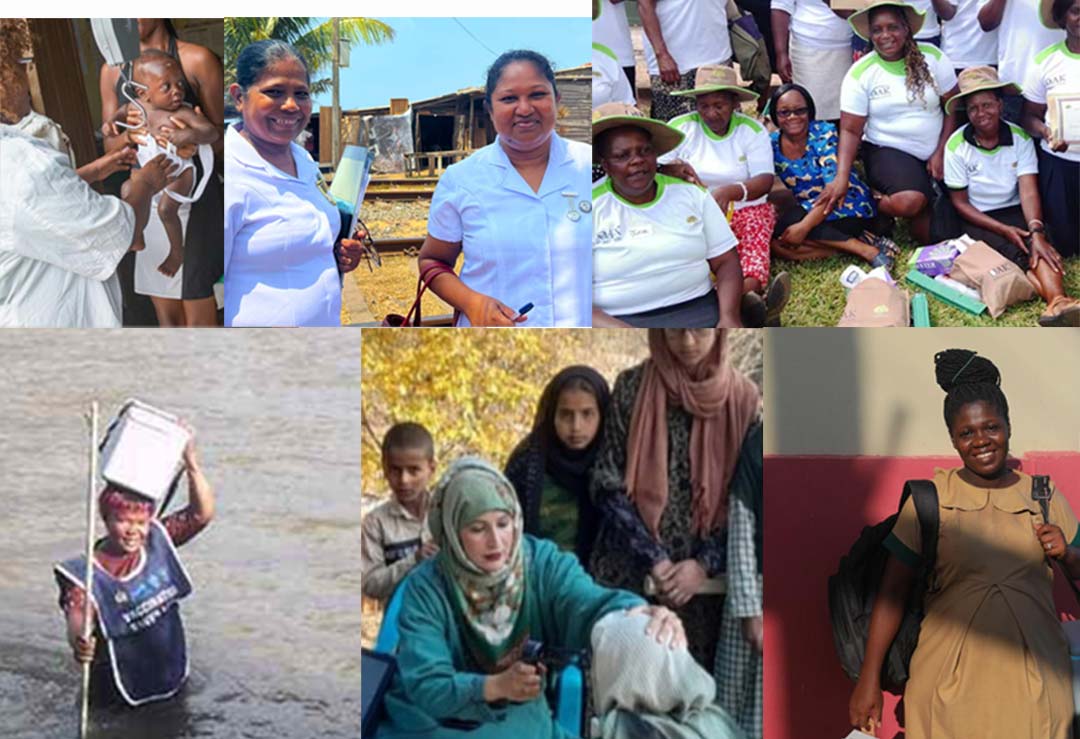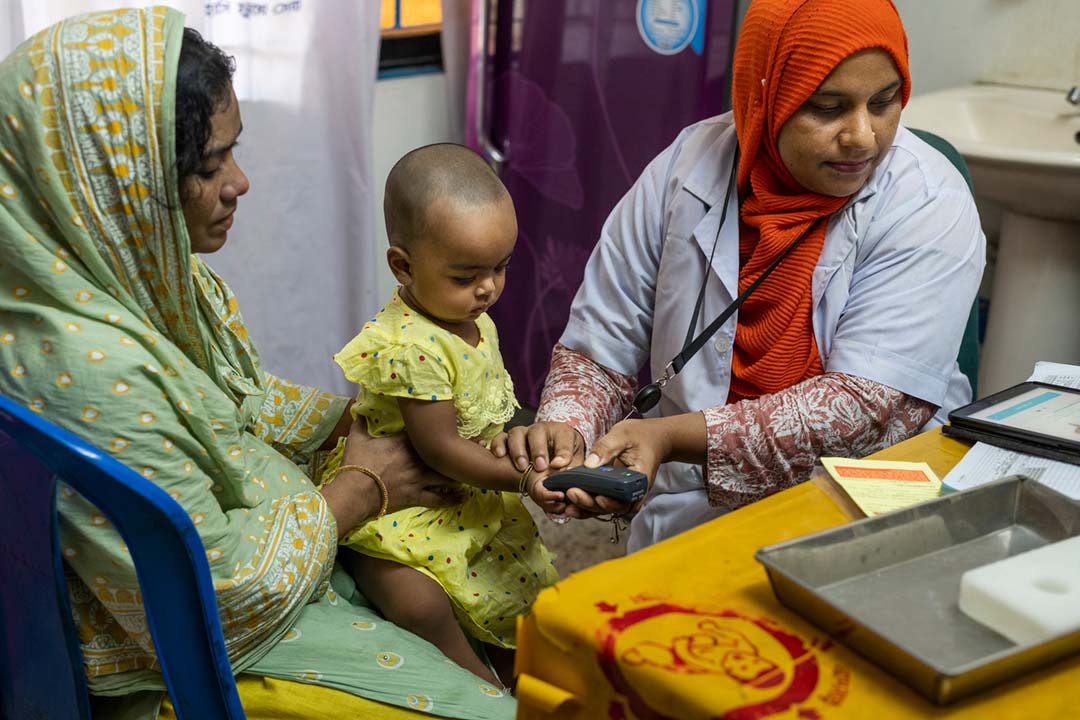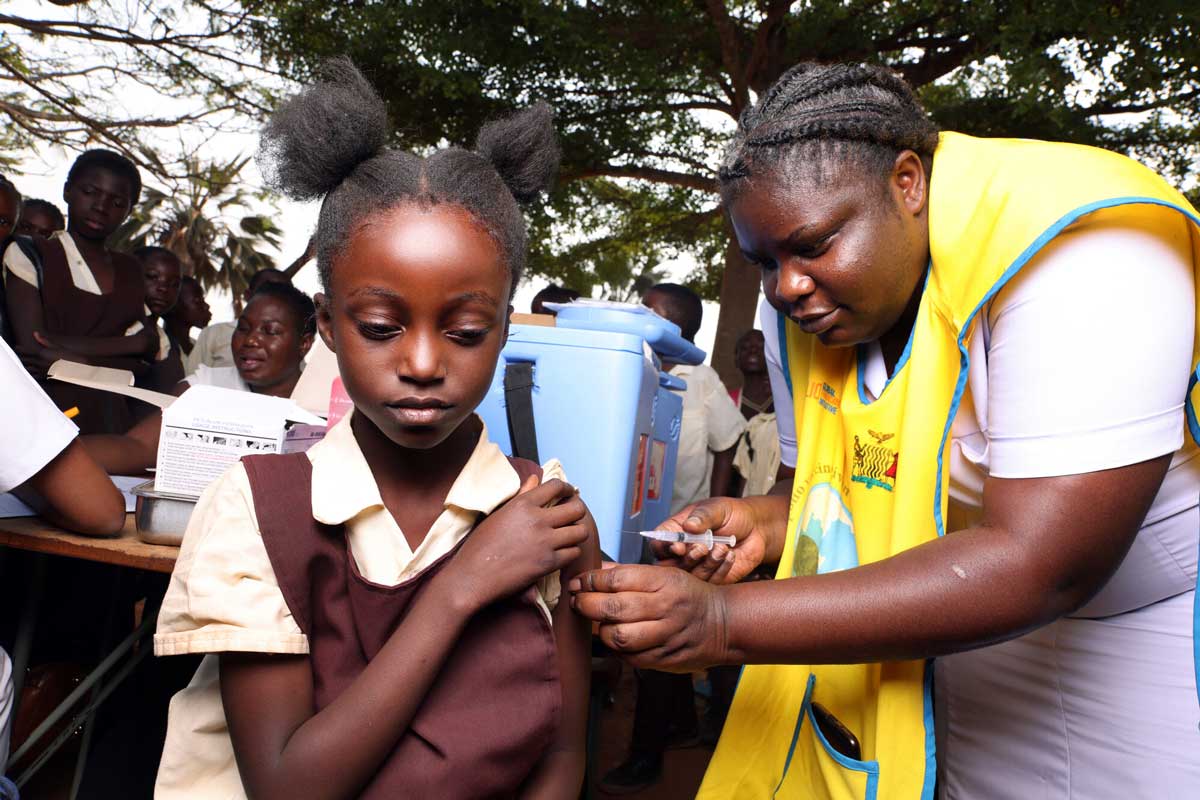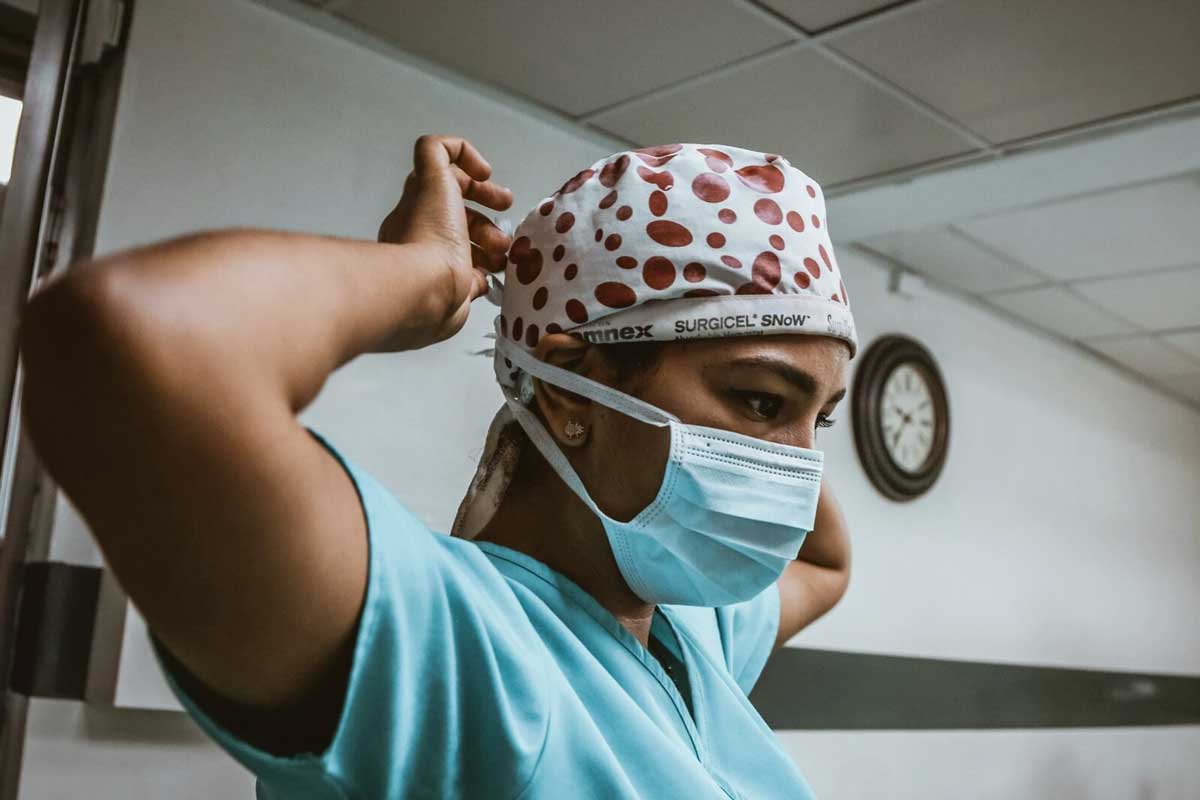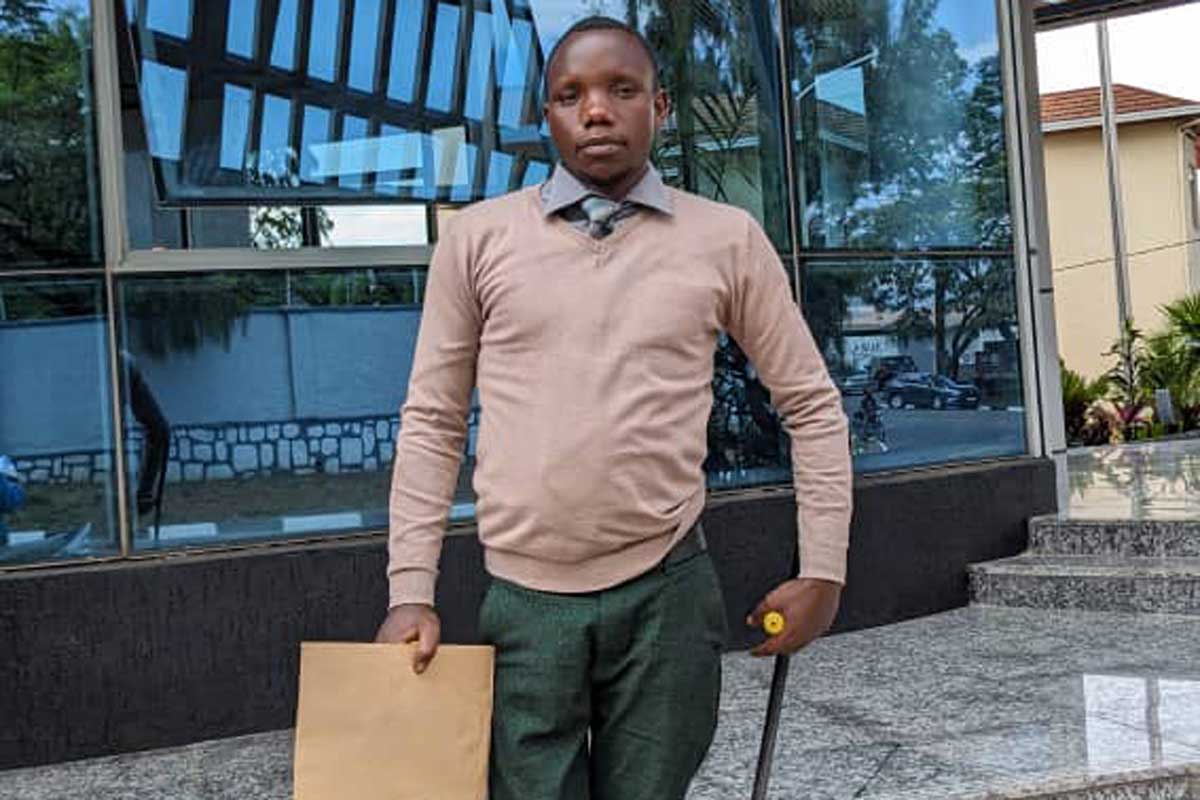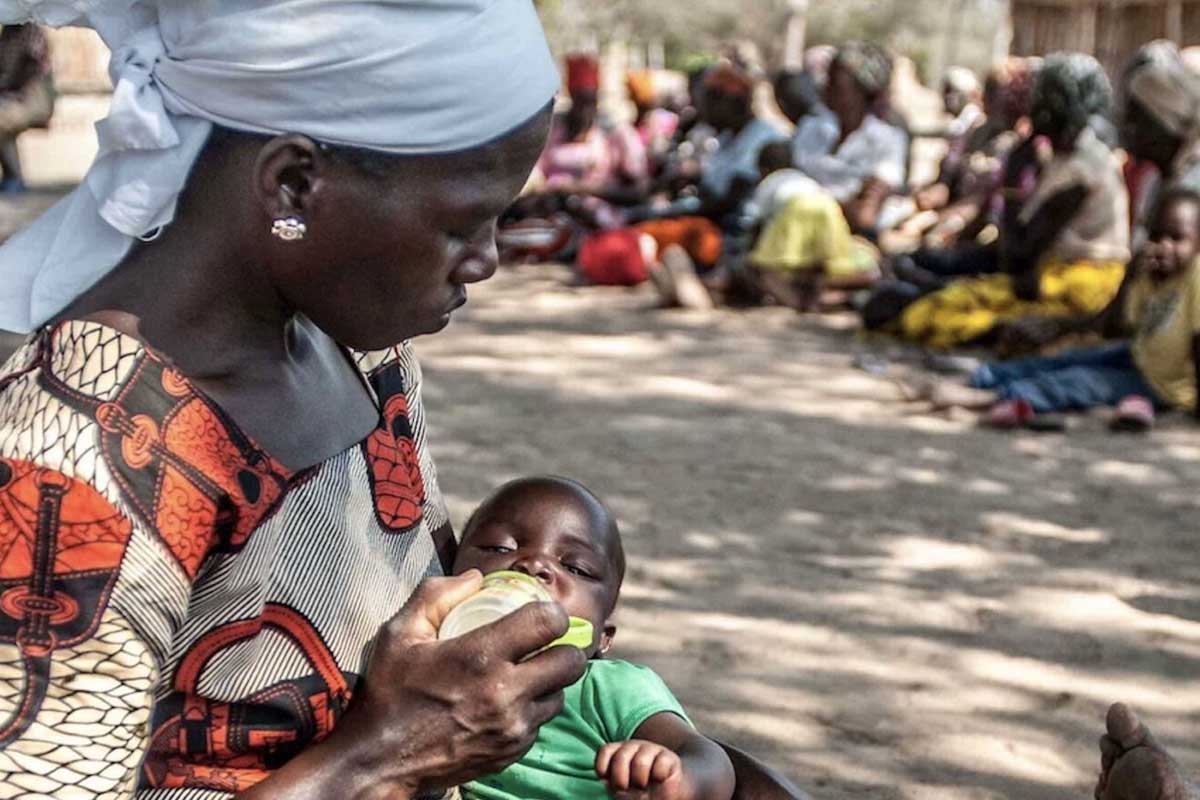Sharper eyes, and more of them: Dr Fabian Leendertz’s ‘One Health’ institute fixes its gaze on prevention
COVID-19 has brought the potential impact of zoonotic diseases back into deadly focus. VaccinesWork spoke to the head of a new ‘One Health’ Institute in Germany, investigating the centre of the Venn diagram between human and animal health.
- 30 May 2022
- 11 min read
- by Maya Prabhu

On a typical weekday afternoon, one place you will not find Dr Fabian Leendertz, the German wildlife veterinarian and expert on zoonotic infectious disease, is at a lab bench, wearing white, squinting at a pipette. You are also unlikely to find him trudging through the thick air of an Ivorian rainforest’s understorey with a kit bag full of wildlife stool samples, though that’s exactly how he has spent defining stretches of his professional life.
As many as 75% of emerging infectious sicknesses are zoonotic – and even many classically ‘human’ bugs have animal histories. That alone should and, under the banner of One Health, does rattle the boundaries between sometimes-siloed fields of research and practice
His day-to-day, he’ll admit, is less photogenic than in years past: “That’s the irony of somehow moving forward in your scientific path, right?” he laughs - a cackly, infectious laugh. “In the end you’re sitting at a desk, writing proposals, giving a talk here and there, perhaps not even writing papers, but checking papers. The field work – the real fun part – is done by others.”
And yet, Leendertz may be entering the most interesting phase of a very interesting career – a career that has so far included such headline-worthy highlights as membership of the team that traced the likely animal origin of the 2014-2016 west African Ebola epidemic, and the discovery of a new, deadly variety of anthrax bacillus among chimpanzees in Taï Forest, Côte d’Ivoire.
In mid-2021, Leendertz was announced as the founding director of the Helmholtz Institute for One Health (HIOH) in Greifswald, Germany – then still a barely-conceptualised scientific vehicle. When VaccinesWork caught up with him on a video call one morning a few months ago, Leendertz was visibly in a moment of transition: behind him on the screen were stacked boxes, and the orderly sterility of a not-yet-lived-in office. But the institute’s lightly sketched blueprint struck him as an advantage, he said: the concept of One Health would determine its design from the ground-up.
‘One Health’ has the slightly vapid ring of a fad neologism. But while the approach is arguably new-ish, it’s anything but vapid. Its point of departure is that human and animal (and planetary) health are not distinct spheres – an obvious truth in the era of COVID-19. In fact, as many as 75% of emerging infectious sicknesses are zoonotic – and even many classically ‘human’ bugs have animal histories. That alone should and, under the banner of One Health, does rattle the boundaries between sometimes-siloed fields of research and practice – medicine and veterinary medicine, certainly, but also epidemiology, zoology, anthropology, ecology and others – to tackle disease emergence and resurgence.
There have been other generative surprises hidden in the sentinels’ samples. Monkeypox, for instance – not a new disease – was found to be causing purely respiratory symptoms in a family of chimpanzees.
So rather than thrashing through the jungle, Leendertz now spends much of his time “talking to people and building a nice team”. “Nice” in this case might as well mean diverse – both in terms of discipline and location. Leendertz currently has PhD students in Gabon, the Democratic Republic of the Congo, the Central African Republic and Côte d’Ivoire: “It’s not like these are German students running around somewhere in the forest,” he says. “We [the Leendertz lab] have always involved, or had even dominantly present, our African partners, with their PhD students, with PIs, at all levels. We’re fostering the capacity of labs in those countries.” As much as possible is done as close as possible to the field: “It’s decentralised research.”
That’s vital to the primary objective, which, in his words, is “something extremely unsexy”: disease prevention.
He uses “unsexy” in terms of accounting. The funders who make horizon-expanding science projects possible like to measure the meaning of their dollars and cents. How do you quantify the non-materialisation of a possible, undesirable future event? “You cannot say, ‘We would have had 20 more pandemics,’” he laughs.
It appears to apply to story-telling, too. Smiling, Leendertz points out that our series title, Disease Detectives, angles somewhat tendentiously towards the sexier forensic field, with its expectation of a deed, a perpetrator, and the neat identity of discovery and resolution. Conclusion qua conclusion. He’s not wrong. I proceed a little self-consciously, resolving not to write a too-tidy ending.
His new position, with its endowment of a tranche of core funding, gives him more wiggle room. Still, he is, as he says, “not a newborn scientist”, so many of the ideas he’s working from are ones he’s been developing for many years.
One branch of the work – and the one which fits the “disease detectives” mould most conveniently, he offers helpfully – is the establishment of sentinels for human health, in the form of our wild-living cousins. “The great apes living out in the jungle, they’re our closest relatives. They get the same diseases we can get. They’re very similar to us in terms of social structure. But they’re living in habitats where we’re expecting a wide range of pathogens which we haven’t discovered yet. And so by studying those great apes, you get some kind of a natural guinea pig out there. Whatever makes them sick or kills them is potentially of high relevance to us as well.”
Working with primatologists who are interested in the behaviours of those great apes, and who know, therefore, when they are acting abnormally, Leendertz’s veterinary PhD students collect non-invasive samples – faeces and urine. “We can do lots of diagnostics with these kinds of samples these days,” he says. If a chimpanzee or a bonobo is coughing, you’ll find the responsible respiratory pathogen in their faeces. “So the diagnostics are really cool,” he adds, with audible enthusiasm.
Have you read?
When an ape dies, the scientists conduct a necropsy in full-on Ebola-ward PPE. The samples are analysed: “Is it something known, or something new? Or a variant of something which causes disease or death? This is how we found, for example, a totally new type of anthrax bacillus,” Leendertz says. “The bacterium in the textbooks is always the same, worldwide, always the same.” The bacterium they found was different: it resembled a non-pathogenic sister of the anthrax bacterium, but had properties that made it deadly.
There have been other generative surprises hidden in the sentinels’ samples. Monkeypox, for instance – not a new disease – was found to be causing purely respiratory symptoms in a family of chimpanzees. “There was not this classic skin problem you get with monkeypox. [But] they were coughing like crazy.”
COVID-19 is one virus that “doesn’t care” particularly for species barriers, Leendertz points out – and one plausible theory for the origin of the Omicron variant is the viral journey from human to animal and back again.
With the fresh insight, whether a new pathogen, or a new manifestation of an old pathogen, “We go to the villages with the local doctors who work with them, and we look now into severe respiratory disease outbreaks and the cases they have with monkeypox.”
The involvement of the local villages at the ground-level of a discovery is crucial to Leendertz’s decentralised, One Health concept of prevention work. “You start by knowing where are the threats and the potential threats together with local communities. So we, for example, catch rodents or bats and we analyse them with our African partners. Then we feed those results back to the local communities, to the chiefs, and those people interested in health in the tradition there. And we discuss with them – and see if they perceive that as a problem or a threat, and what they suggest to reduce that threat.
“It does not help to make a nice plan here on a desk in Germany and present it to a chief of a village somewhere. That will not be fruitful; people have done that for many years. You need their own ideas.” In other words, One Health’s broadened, dedicatedly collaborative ambit does not extend only to people with doctorates.
So, he explains, you arrive at modes of prevention in partnership with the people who would have to implement them, and filter your findings out radially, to the national level, to policymakers, to your colleagues. Meantime the local doctors working with you “sharpen their eyes for the unusual” – and the channels to communicate what they’ve spotted to local labs or authorities are reinforced.
“That’s very important. Because if those people detect something early, you can react faster and extinguish the fire before it gets too big. We see that with Ebola – awareness was still quite high in West Africa. And when it restarted in Guinea at the beginning of last year, they detected it much, much faster than they did obviously for the first outbreak.”
The upshot: a rapid, effective, short-range prevention intervention – a vaccination campaign that quelled the outbreak in a few months.
That part seems measurable enough. But prevention works at nested time-scales, with potentially much larger, but more diffuse impacts at longer-range. Leendertz – who provided support to the team that would discover that the 2021 Guinea Ebola outbreak most likely sprang from a human carrier – says of outbreaks triggered by latent human infection: “It’s probably very rare. But it can happen, and with the bigger and bigger extents of outbreaks we get, the high amount of people in these regions now, the mega cities coupled with bad infrastructure, you will see more and larger outbreaks… and so a very unlikely event becomes something possible.”
More people infected means, of course, more people with a chance of becoming that rare human trigger for a distant future outbreak. More people vaccinated means not only more people protected now, while the virus circulates, but more potential future outbreaks averted.
And in the areas where Leendertz’s work often begins – forests and forest-edges, places where the scarcest health-infrastructure intersects zones of highest biodiversity – vaccination can mean stopping a pathogen from hopping back and forth across species barriers, encountering different immune systems, changing, and becoming potentially more dangerous. Hard to picture, in such scenarios, the scary futures that might have been avoided.
Except, of course, that we are possibly living in one of them. COVID-19 is one virus that “doesn’t care” particularly for species barriers, Leendertz points out – and one plausible theory for the origin of the Omicron variant is the viral journey from human to animal and back again.
The lesson, says Leendertz, is “quite obvious… health is something global”. Democratising both access to healthcare and access to the intellectual resources for better understanding disease is critical. This means everything from more clued-in doctors, more vaccine-savvy community members, all the way to improved laboratory capacity for the sequencing of viral genomes.
Not long ago, Leendertz and his colleagues learned that wild chimpanzees in Guinea-Bissau get sick with leprosy, a disease previously considered dominantly a human affliction (though the nine-banded armadillo is a known exception). Was this evidence of the damages of increased human-animal contact, I wanted to know? Were chimpanzees passing the illness to humans? Were humans passing it to chimpanzees?
“It’s extremely more likely that the chimpanzees picked it up in the environment,” says Leendertz – evidence, perhaps, to support a contested theory that has been circulating in certain quarters of the leprosy research community for a while, that the leprosy bacterium might survive in the soil. If so, the implications for leprosy prevention in human communities would be important.
Also significant is the fact that, according to Leendertz, leprosy is probably not a new health problem among chimpanzees in the region – just a newly-spotted one. More “sharpened eyes” on the ground means more data.
More data, better used, is better prevention. In a recorded word of welcome to the Helmholtz Institute for One Health at its launch event last month, Dr Chikwe Ihekweazu, Assistant Director-General for Health Emergency Intelligence at WHO, remarked, “Historically we just have not been good enough in combining data from the animal-human interface with human health data and other data sources to make informed decisions.”
That lack – of good, collated, simultaneous, diverse, cross-cutting data – is something HIOH intends to help remedy with an initiative Leendertz is calling One Health Surveillance. Three regions, including Taï National Park in Cote d’Ivoire, Leendertz’s long-term research home, will become the subject of longitudinal studies looking at “wildlife health, livestock health, human health – the biggest focus, obviously – the environment, and the local climate down to the microclimate.” Crucially, “We don’t only do it on a three-year project or something – like a classic thing you can do when you get your third-party funding. I instilled that in the core of the budget of the institute. I cannot guarantee after my retirement, but the plan is really to do that for a very long time.”
He hopes that in that way, HIOH will function as a One Health weather station, which, supplying a steady drip of data, will enable good long-range forecasting. More sharpened eyes, then, and more binoculars to help them see far.

